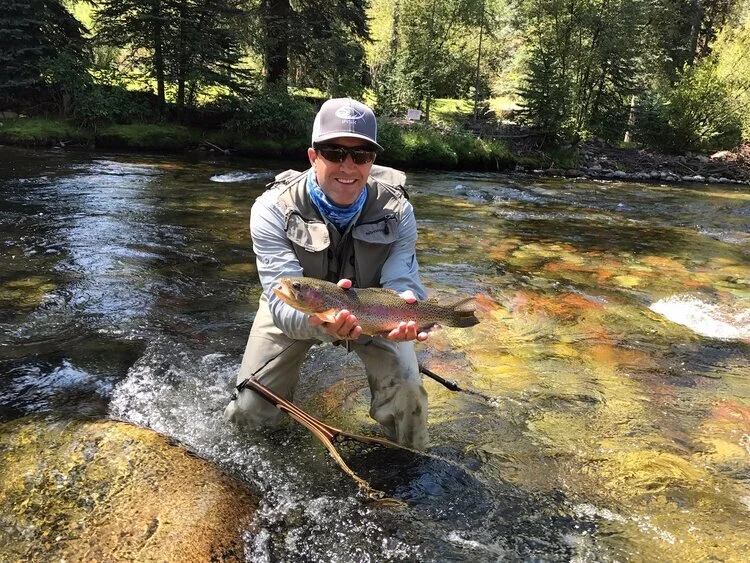Stand Up and Paddle
Stan Murray, pictured right, attending a paddle board race near Atlanta, Georgia in 2014. Murray is an avid paddle boarder who goes out on his board at least five days a week.
Stan Murray believes in being active. He spent more than 40 years working in the banking business and nearly 30 years as an on field official for South Eastern Conference football.
But in 2011, Murray discovered a new passion - stand-up paddle boarding.
“I was in Destin (Florida) with my wife and I rented a paddle board for two days,” said Murray. “After the two days were up, I looked so sad that my wife told me to go ahead and rent the thing again for the rest of the time we were on vacation. I’ve been paddle-boarding ever since.”
Murray owns three paddle boards. He has a recreational board, a racing board, and a touring board.
“The recreational board is your standard surfboard shaped paddle board. It’s rounded on the front and back. It’s about 12 feet long and 31 inches wide. It’s an all around board that’s good for whatever you want to do,” said Murray.
Racing boards are narrower and longer. They are designed to go faster than the standard recreational board.
“It’s like the difference between a jon boat and a bass boat,” said Murray. “But they are narrower, so it’s a lot easier to fall off.”
Murray, who paddle boards five days a week, often uses his touring board, which is designed for longer trips on the water.
“A touring board will go a long way,” he said. “This morning, I went about six miles. Some days I’ll do 12 or 15, and a touring board is wonderful for those kinds of trips.”
For novice paddlers, Murray has a few pieces of advice.
“First, find a board you are really going to like, one that suits what you want to do, and go ahead and pay a little more money for a good one. You won’t regret it. Second, and this is important, get a good paddle. Carbon fiber is better than aluminum. It’s lighter and it lasts forever. Third, make sure you figure out a way to make it fast and easy to load and unload your board on your vehicle. If it’s easy to get to, you’ll use it more often.”
Murray doesn’t stray too far from home with his board. Typically, he boards on the Tombigbee River or at a friend’s private lake. Occasionally, however, he will make the ninety minute drive to Tuscaloosa, Alabama to row on Holt Lake or the Black Water River.
“The Tombigbee is just so beautiful,” he said. “Seeing all the trees and the birds and the fish and the reflection of the sun on the water, it’s just great.”



